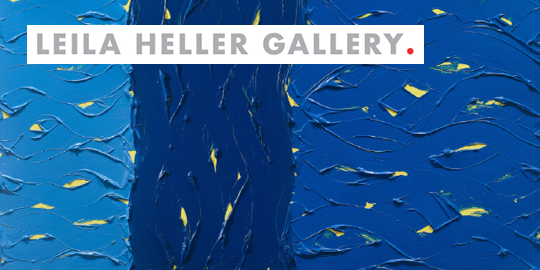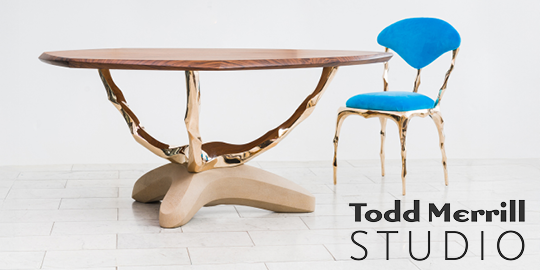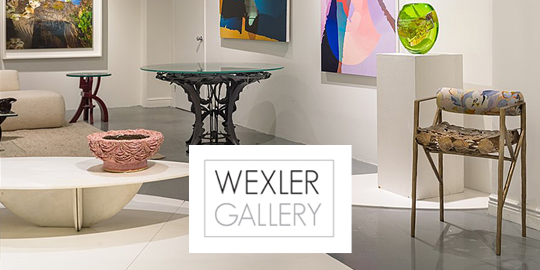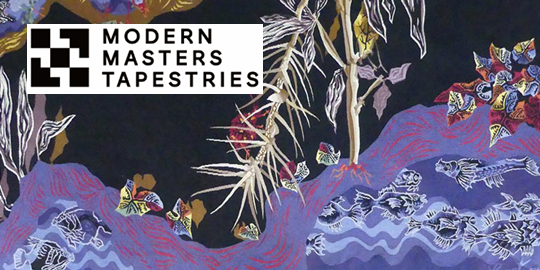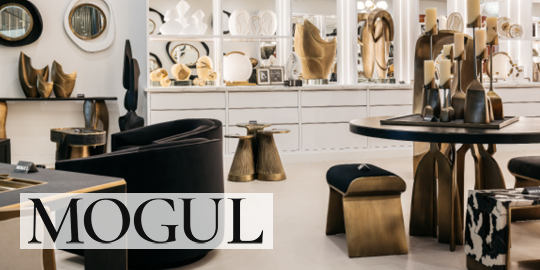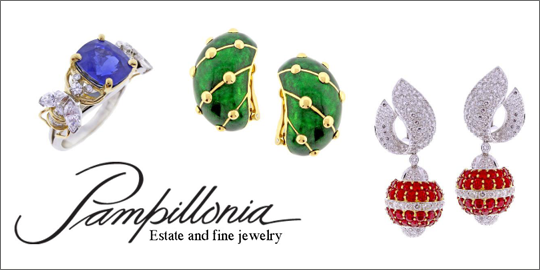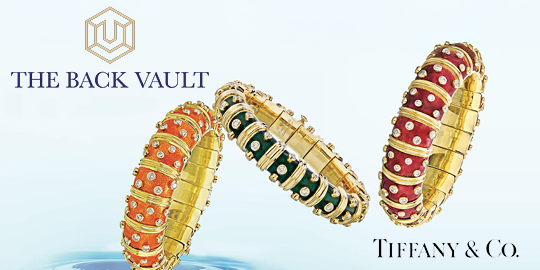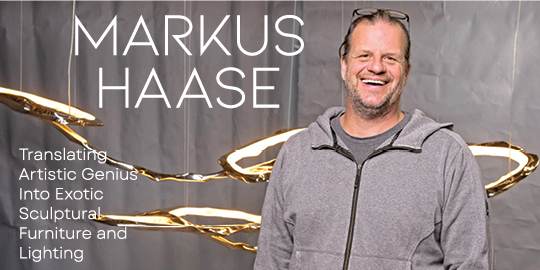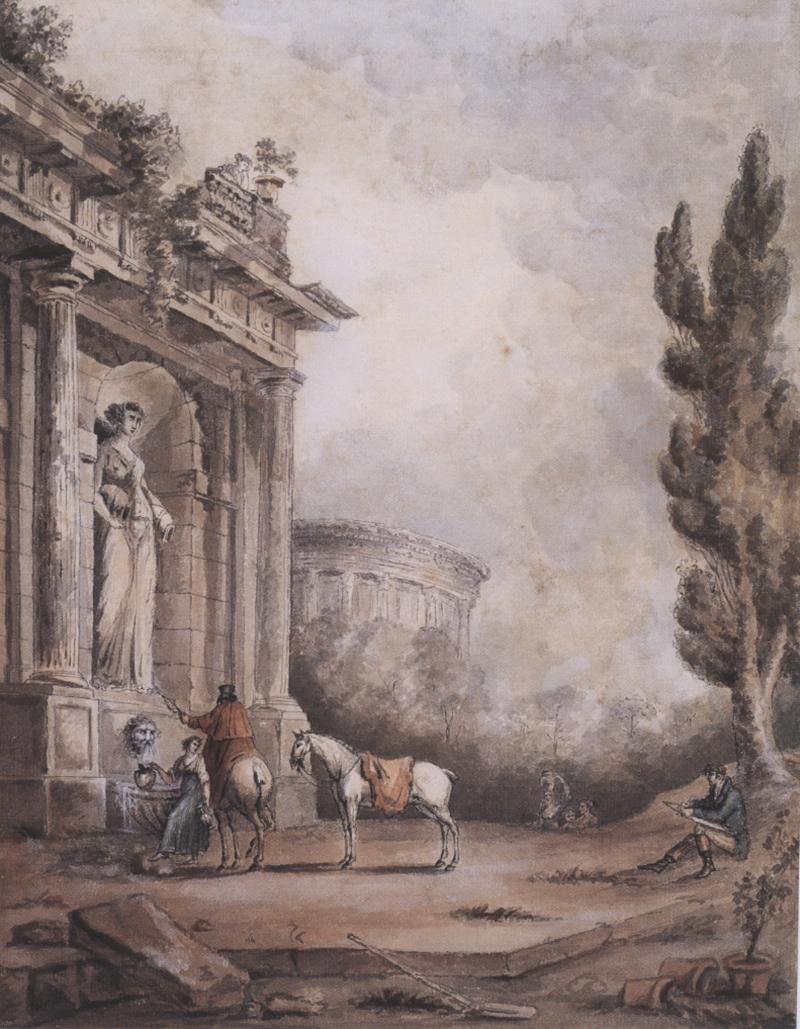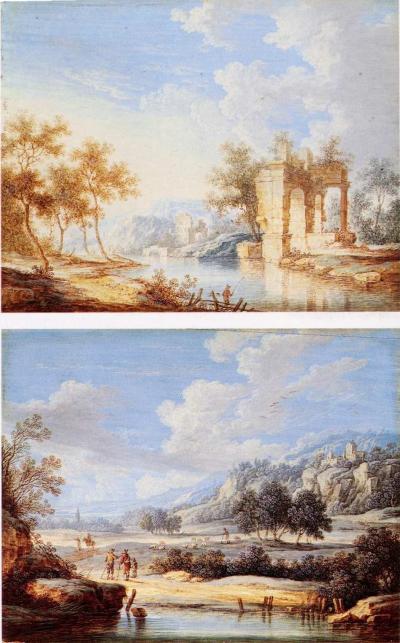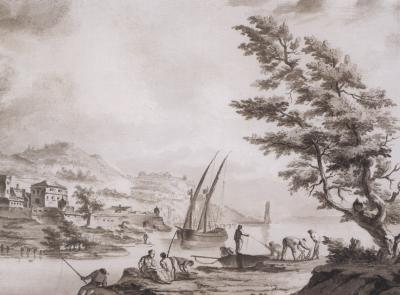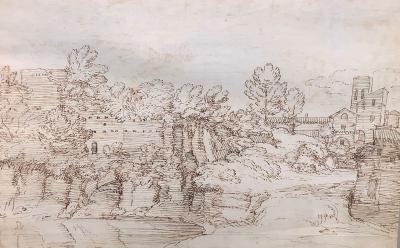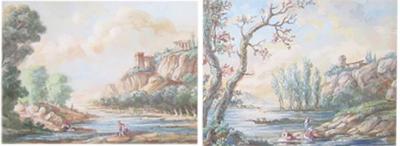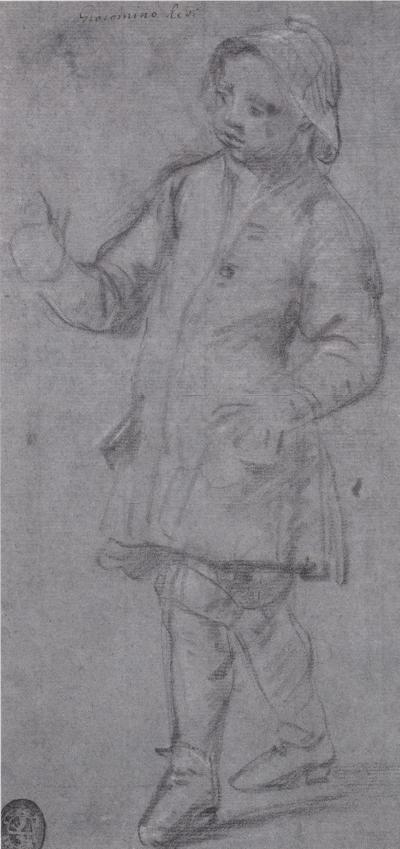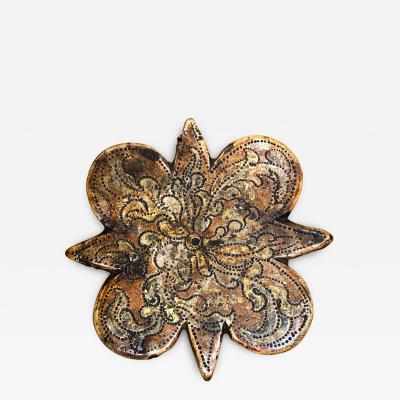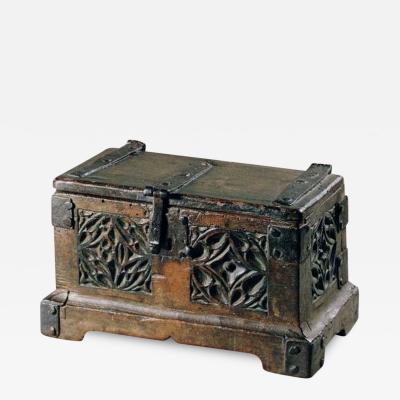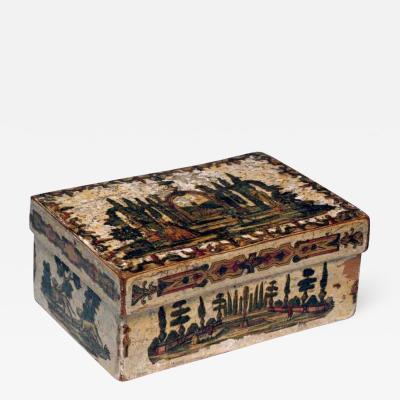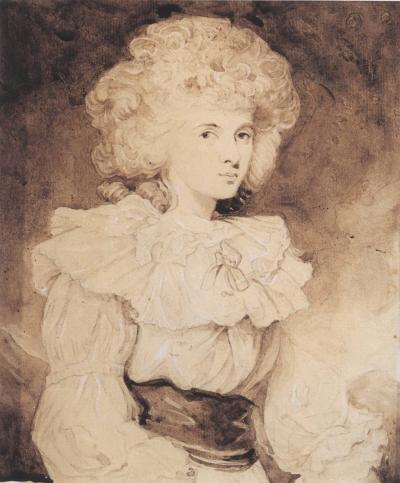Monumental Font with Man on Horseback, Woman with Water jugs & Artist sketching
-
Description
Hoin was a painter, pastel artist, engraver, teacher, and museum administrator; Claude Jean-Baptiste was the son of a prominent doctor in Dijon. He began his career there under the architect Claude-François Devosge II, (1697–1777) from whom he received a sound training in the principles of allegory and composition. He put his training to good use in his earliest known work, the wash drawing of a filial Allegory in Honour of Jean-Jacques-Louis Hoin (1769; Dijon, Mus. B. -A.). Although he remained in lifelong contact with his first teacher and with the provincial bourgeois milieu of his youth, Hoin went to Paris in 1772 or 1773. There, under Jean-Baptiste Greuze, he copied portraits of young girls ‘to improve the delicacy of his touch’ (Portalis). In 1776 he was made a corresponding member of the Dijon Académie, and, although he was not a member of the Académie Royale in Paris, two years later he joined the académies of Lyon, Rouen and Toulouse. Hoin was an excellent miniaturist pastel and gouache expert. The fine pastel Portrait of a Young Girl (Toulouse, Mus. Augustins) was his morceau de réception for Toulouse. In 1779 he first exhibited at the Salon de la Correspondance in Paris; in 1782 he exhibited a gouache of his parents’ tomb (Dijon, Mus. B. -A.), and the following year he exhibited a series of pastel portraits and various miniatures.
His official career had progressed in the meantime: in 1779 he was made professor of drawing at the Ecole Royale Militaire, and late in 1785 he was named official painter to the Comte de Provence (later Louis XVIII). He continued to paint simple gênre scenes, allegories and costumed actresses. These gouaches, which he produced throughout the 1780s, were of simple composition, although he occasionally executed works of greater complexity, such as La Dânse champêtre and La Conversation galante (both 1784; at the Albertina Museum in Vienna. He executed miniatures around this time including the Duchesse de La Trémoille and her Son (1788; priv. col., see 1963 exh. cat., pl. ix)—two tiny profile busts in a landscape setting—and Madame Elisabeth and the Dauphin (1793; Paris, Louvre). He made engravings after Fragonard, Van Dyck, and G B Greuze amongst others. His works were sought after by collectors, His paintings hang in the museums of Dijon, Toulouse, etc.
This watercolor picturing an ancient marble ruin featuring a niche, with a large female statue above a fountain, is, as Hoin’s paintings were, a well balanced composition delicately painted and portraying an everyday occurrence, but in a neoclassic setting undoubtedly from the 1785-1795 period. - More Information
-
Dimensions
W. 14 in; H. 11 in; W. 35.56 cm; H. 27.94 cm;
Message from Seller:
L' Antiquaire & The Connoisseur, Inc. specializes in European works of art, antiques, and paintings, with a rich history dating back to 1935. For more information, contact us at 212.517.9176 or info@lantiquaire.us.


